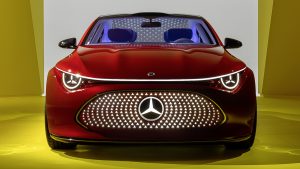In Brazil, Volkswagen has celebrated 20 years of building engines that run on gasoline and ethanol mixed at any ratio. What do you know so far about flexfuel cars?
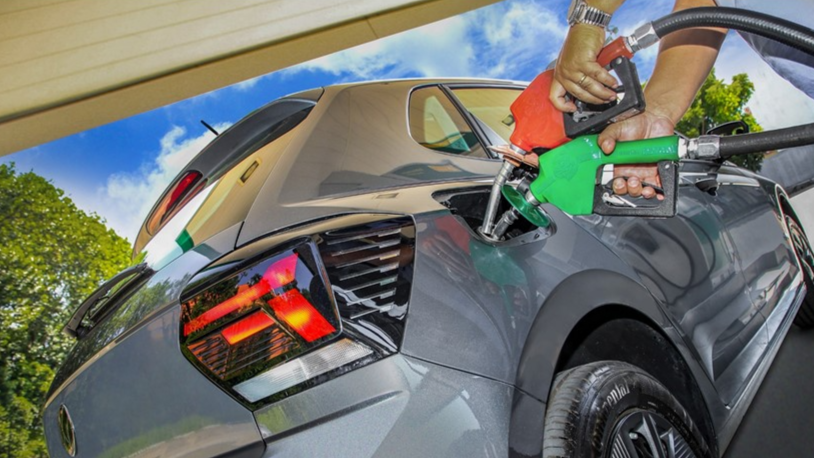
- Flexfuel cars can run on a mixture of two fuels, namely gasoline and ethanol
- Brazil is now a powerhouse in that technology; most of its cars are flex-fuel
- Volkswagen is a local pioneer in that and now celebrates 20 years of its use
Volkswagen took the photo above to recreate the one you saw on our home page. Twenty years ago, the Brazilian branch released its Total Flex technology. The Gol, local best-seller at the time, became the very first mass-produced car to run on gasoline and ethanol. To be more specific, it burns both fuels mixed in any ratio from 20% to 100% of the latter. This photo shows its spiritual successor, the Polo Track.
When we talk about flexfuel cars, it is easy to think they accept two (or more) fuels and nothing else. The truth, however, is that making that happen is hard. In fact, the flexfuel technology is only that old because there were no means to develop it earlier. In this article, we are going to discuss it a little further including the bi-fuel part, which is actually something different. And you will get to see a couple historical cars.

Tell me more about flexfuel
This technology is applied on engines. More precisely, internal combustion engines that can run on more than one type of fuel. A typical flexfuel car runs gasoline and methanol or ethanol; in practice, it can burn a mixture of both. Another important characteristic is that it stores all fuels in the same tank. As the photo above anticipates, flexfuel engines have been available for a long time. The difference is how they work.
Gasoline and ethanol have different properties, thus require specific combustion parameters. The Model T had a carburetor with adjustable jetting, so the driver had to manually prepare it for each fuel. Now, there are limits for flexfuel engines. They cannot include diesel or fuel gas in that technology because each one demands more complex differences from the engine. This fact leads us to remark an important point.
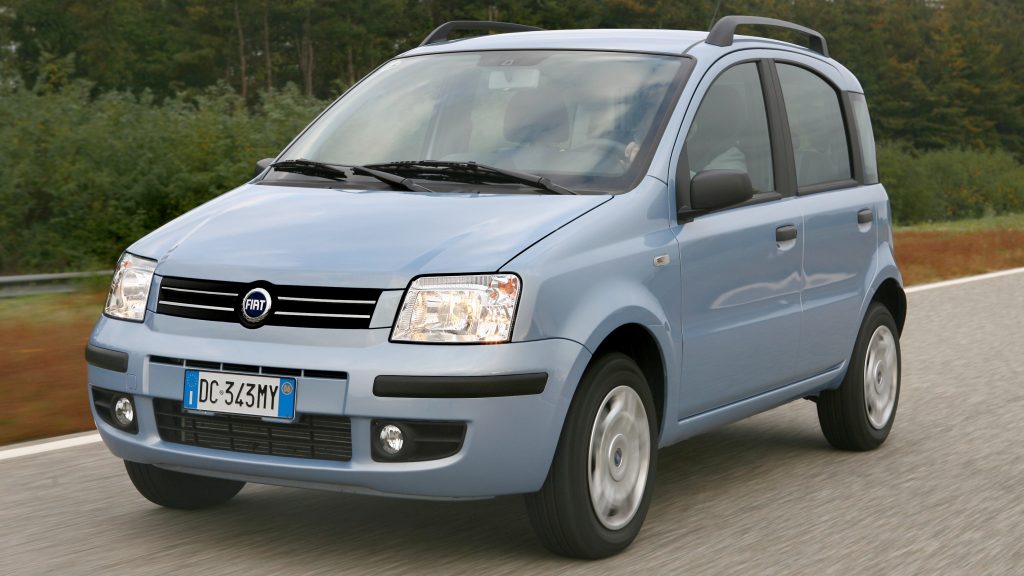
Flex-fuel vs bi-fuel
Diesel spontaneously burns under pressure, so its engine does not use spark plugs. Gas cannot be stored in a liquid tank; it uses a specific pressurized cylinder. And each one has many other work parameters, like unique injection mapping. We can adapt a gasoline/ethanol car to burn fuel gas as well, and a diesel car to use fuel gas. However, we cannot adapt a car to run on gasoline, ethanol and diesel – for now, at least.
Cars that burn gas in that context are named bifuel, not flexfuel. The distinction comes from the facts that they store each fuel in a separate tank and burn one at once. In modern cars, you can select between gas and liquid by a switch on the dashboard. There were other cases of bifuel cars in the past, where the other fuel was wood gas. Those were common mostly after World War II, when oil supplies were often scarce.
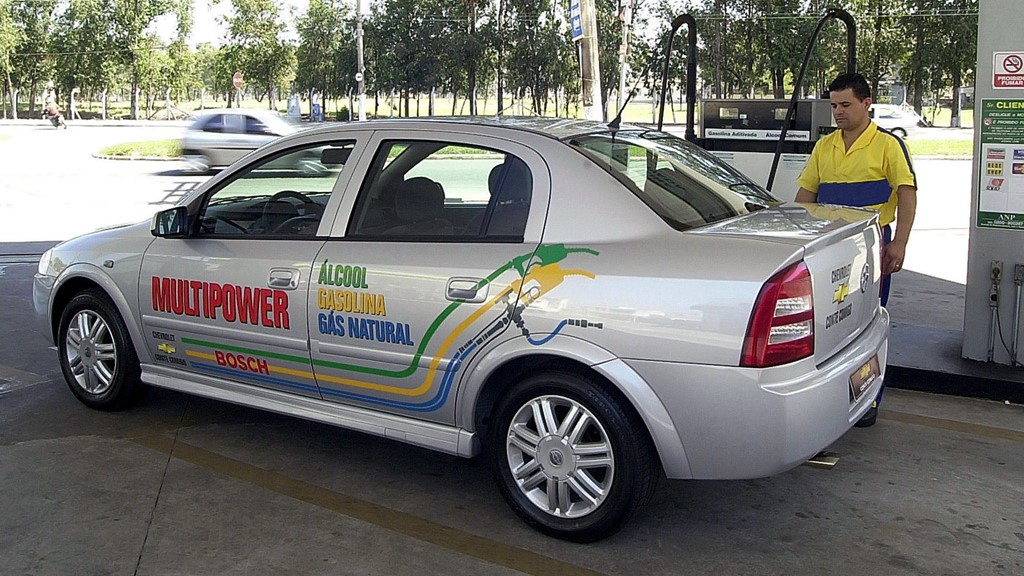
Flexfuel cars in nowadays
Volkswagen’s Brazilian branch states that research for flexfuel engines started in 1992. It took advantage of the development of the digitally controlled fuel injection. However, it would only release its flexfuel car in 2003 because it had to wait for three factors to align. They were stable ethanol demand from owners, appropriate infrastructure for ethanol refueling, and the maturity of digital control systems for engines.
Automakers and local authorities have used flexfuel engines to regulate the consumption of both fuels. In Brazil, there is a mandatory percentage of ethanol mixed into gasoline. There are times when the national government increases it to boost its production. On the other hand, some countries define an upper limit of ethanol use because it has problems in low temperatures such as high emissions and difficult start.
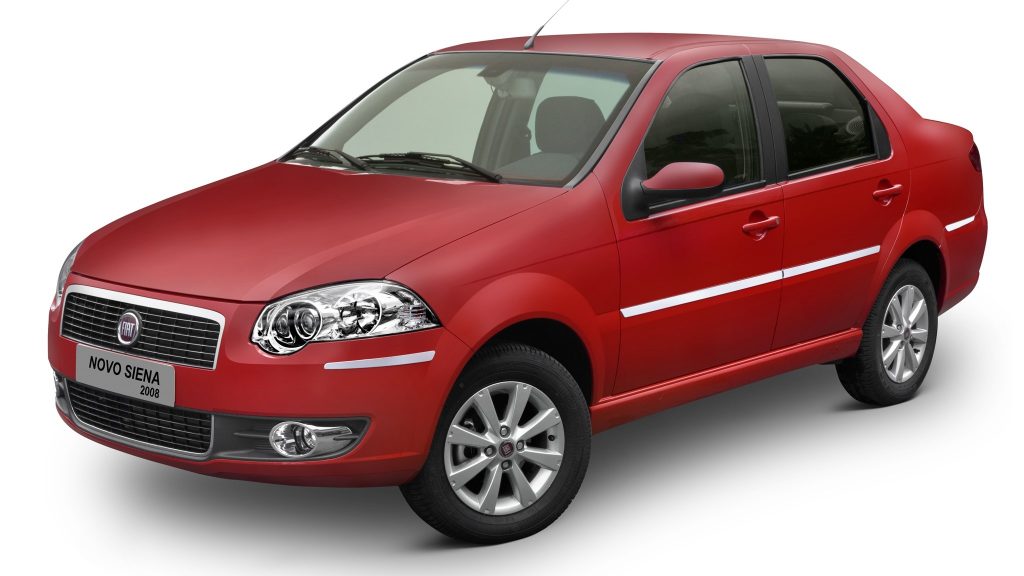
How do flexfuel cars work?
I chose this part of the article for this topic because flexfuel engines have only become popular once they adopted digital control. They have an oxygen sensor that continuously analyzes the fuel-air mixture being fed to the engine. That allows the car to determine what proportion of ethanol is present in the mixture in virtually real time. The engine adjusts parameters like spark timing and injection mapping accordingly.
In Brazil, the first flexfuel cars had an additional, smaller tank that would only hold gasoline. It served only for cold starts when the main tank had enough ethanol to make them difficult. Some cars had a specific port for that tank while others gave access to it from the engine bay for the sake of discretion. In 2009, the Volkswagen Polo E-Flex was the first to replace that with a system that pre-heats the existing fuel.
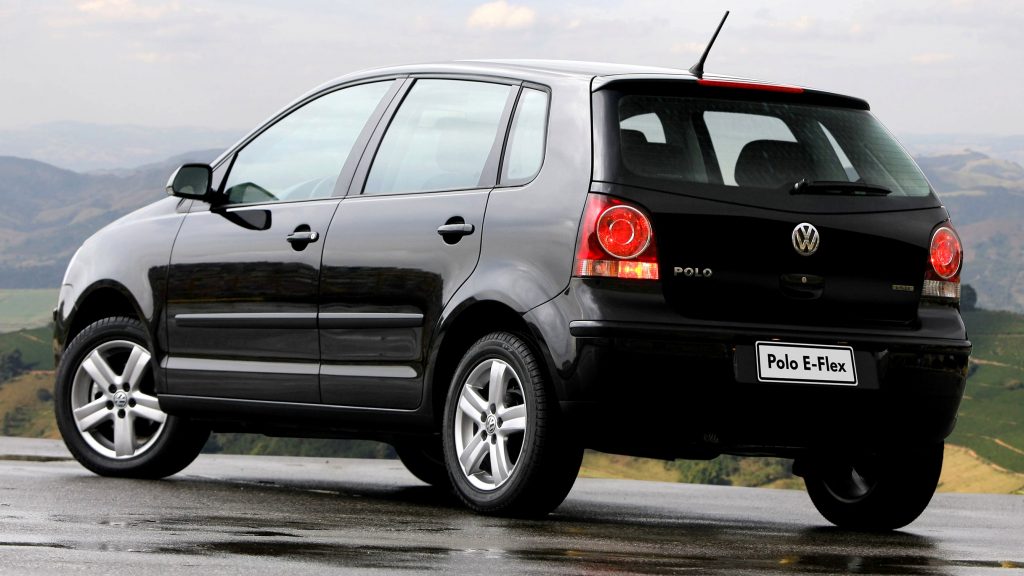
Nowadays, Volkswagen produces Nivus, Polo, Saveiro, T-Cross, and Virtus in Brazil. Those cars will get the commemorative “Total Flex” sticker until next December. The maker has also released an app to compare gasoline and ethanol prices to help owners know which one is more cost-efficient whenever they refuel. Now what about you? Have you ever owned, or at least driven, a flexfuel car? What about bifuel cars?
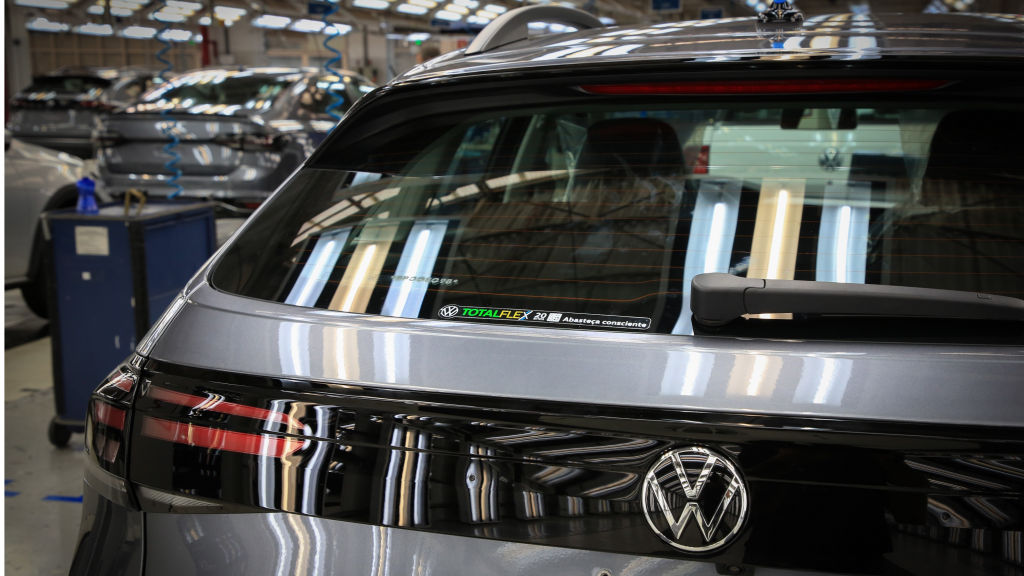
Frequently asked questions
Volkswagen is one automaker that has been building flex-fuel cars, indeed. The most notable case is its Brazilian branch: it is responsible for Nivus, Polo, Saveiro, T-Cross, and Virtus, and they all use this technology.
Yes, they can. Those cars are optimized to run on a mixture with up to 85% of ethanol, but they can accept pure gasoline as well.
Not necessarily. In Brazil, for example, regular gasoline has a percentage of ethanol because of local laws. That means Brazilian cars require a minimum percentage of ethanol in the fuel mix. If that is not the case where you live, your car can probably accept pure gasoline.
Non-flexfuel cars can only run on one type of fuel. In practice, you will need to check the owner’s manual to see which fuel applies to your car. Using the wrong one may cause great damage.
No. Flexfuel is a technology that allows car engines to run on a mixture of two fuels. Synthetic fuel is a type of fuel, like gasoline, produced with eco-friendly resources.
This name is commonly used to refer to cars that run on two fuels – gasoline and ethanol in virtually all cases. Both are stored in the same tank, so flexfuel engines may effectively run on a mixture at all times.
You may also like
Not everyone is embracing electrification. Some companies have been working on synthetic fuels, which are advertised as a simpler clean alternative to fossil fuels. Check out more about them!
Danillo Almeida has explored his passion for cars in two distinct ways. The first one is his graduation course in Mechanical Engineering, which will hopefully lead to a job position in the field. The other one is expressing his knowledge and opinions on the matter through writing. Almeida has already contributed to blogs, stores, and websites in general writing automotive content in many formats.


